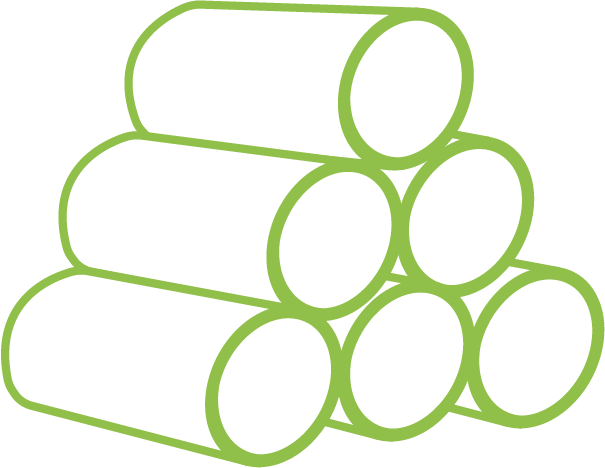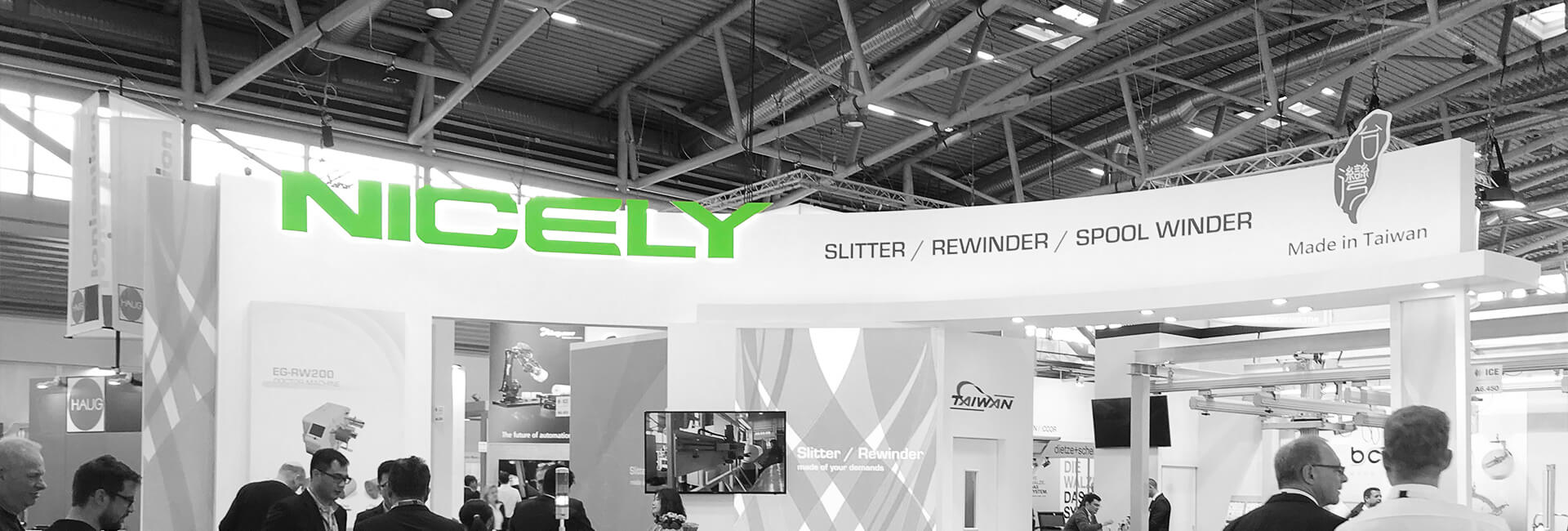5 Basic Guides of Slitter Rewinder Machine (Part 1)
Customer Care 2023-07-14
Slitters and rewinders are crucial machines used across multiple industries to process large rolls of materials such as paper, film, textiles, and nonwoven fabrics. These machines are designed to cut wide rolls into narrower widths (slitting) and then rewind them into smaller, more manageable rolls (rewinding). Whether you're in packaging, printing, textiles, or converting, understanding the different types of slitters and rewinders, their key components, various applications, and essential maintenance practices is vital for maximizing operational efficiency. This guide also explores important purchasing essentials to help you choose the right machine for your needs. Join us as we delve into these fundamental aspects of slitting and rewinding technology to optimize your production process.
1. Types of Slitter Rewinder Machines
There are several types of slitters rewinders, each designed to handle specific materials and applications. The most common types include:
-
Duplex Winding Slitter Rewinder
The Duplex Slitter Rewinder features dual rewind shafts and is characterized by its ability to simultaneously process multiple rolls on two rewind shafts. This rewind method can be further identified as Duplex Center Winding and Duplex Surface Winding.
Tension control in duplex winding slitter rewinders is typically achieved through individual tension control systems for each rewind shaft. This enables precise and independent adjustment of tension on each shaft to maintain consistent tension throughout the rewinding process.
-
Surface Winding Slitter Rewinder
While the Surface Winding method is applicable to duplex shaft winding, it is primarily utilized for rewinding materials onto a single rewind shaft. This configuration is particularly suitable for handling small rolls with rapid production turns, as well as large-scale rolls like papers and nonwovens . The Surface Winding method offers notable advantages in terms of roll stability and alignment, ensuring high-quality rewound rolls.
(Duplex Shaft Surface Winding Slitter Rewinder)

(Single Shaft / Shaftless Surface Winding Slitter Rewinder)
-
Turret Slitter Rewinder
The Turret Slitter Rewinder is renowned for its innovative turret design,enabling seamless and rapid changeover between various slitting modes. A notable characteristic of a slitter equipped with turret winding is its system comprising multiple winding shafts situated on a rotating turret, allowing for uninterrupted operation. While one shaft actively winds the material, the remaining shafts can be prepared for the subsequent roll. This simultaneous operation substantially decreases downtime, enhances productivity, and optimizes the utilization of the slitter.
-
Two Drum Slitter Rewinder
The two-drum slitter rewinder typically refers to a configuration where the slitting and rewinding process is carried out using two driven drums for surface winding. In this setup, the material is fed through the slitting section and then wound onto the two parallel drums, creating a tightly wound roll. The driven drums provide the necessary tension and control to ensure proper winding of the material.
One of the key advantages of the two-drum slitter rewinder is its ability to enable high-speed operation. The driven drums facilitate efficient and precise winding of the material, allowing for increased production speeds.
-
Individual Arm Slitter Rewinder
The Individual Arm Slitter Rewinder, also referred to as a Primary and Secondary Slitter Rewinder, is a specialized machine used for the initial slitting and rewinding of mother rolls. This type of slitter rewinder is commonly employed in the film production industry. One notable feature is individual winders, which are positioned on a linear rail. This arrangement allows for easy adjustment based on the specific slitting specifications required. Each individual winder has its own rewind motor, enabling precise tension control for each rewinding operation. In cases where a full-width winding is necessary, a combination of motors can be utilized to handle the heavy-duty operation.
-
Narrow Web Slitter Rewinder
The narrow web slitter rewinder is a compact and space-efficient machine designed to handle narrow-width master roll. One of its standout features is its doctoring capability, allowing for the reprocessing of unqualified rolls and effectively eliminating imperfections in the material. Additionally, narrow web slitter rewinders are user-friendly, thanks to the cantilevered unwind and rewind shafts that enable easy loading and unloading.
-
Spooling Slitter Rewinder
Spooling Slitter Rewinders are commonly used to handle adhesive or non-adhesive materials with small slitting widths, while requiring long running length accumulation. Typically, these spooling winders have a modular design that allows for future expansion by adding an unlimited number of spooling heads. Each spooling head is equipped with its own drive and tension control, providing the flexibility to modify the spooling geometry based on specific needs, such as traverse, taper, step, and flanged winding.
2. Key Components of Slitter Rewinder
A typical slitter rewinder consists of several key components :
-
Unwinder unit
This component holds the master roll and feeds the material into the slitter rewinder.

-
Slitting unit
Housing the cutting mechanism, this section performs the actual slitting of the material. It typically features adjustable slitting blades or circular knives mounted on slitting shafts or arbors. Additional cutting options, such as shear cutters, crush cutters, or razor slitting, may be included for specific requirements.

-
Tension control system
This system maintains consistent tension throughout the slitting and rewinding process, ensuring accurate winding result and preventing material damage.

-
Rewinder
The rewinder winds the slit material onto individual cores, creating the smaller, finished rolls.

-
Drive system
Comprising motors, gearboxes, and drive shafts, the drive system provides the power and control necessary for the Slitter Rewinder's operation. It drives the unwind and rewind sections, as well as the slitting mechanism, enabling synchronized and precise movement of the material during the cutting and rewinding process.

-
Control panel
The control panel allows operators to monitor and adjust various parameters, such as tension control, cutting width, speed, and other settings. It may include a touchscreen or a control console with buttons, switches, and digital displays for easy operation and real-time monitoring.

-
Safety features
To ensure operator safety and prevent accidents, Slitter Rewinders are equipped with features such as emergency stop buttons, safety interlocks, safety guards, and sensors that detect abnormalities or material jams, automatically stopping the machine to prevent damage or injury.

-
Optional Features
Depending on specific requirements, Slitter Rewinders can be equipped with additional features like automatic core loading / unloading systems, web guiding systems, integrated quality inspection systems, auto knife positioning, electric-driven web threading system, auto winder positioning, shaft handling device, finished roll handling system and web cleaning devices, among others, to enhance productivity, accuracy, and overall workflow optimization.



These components work harmoniously to enable efficient material processing, precise cutting, and rewinding operations in a slitter rewinder machine.
Read More













.jpg?5phvhisflj)